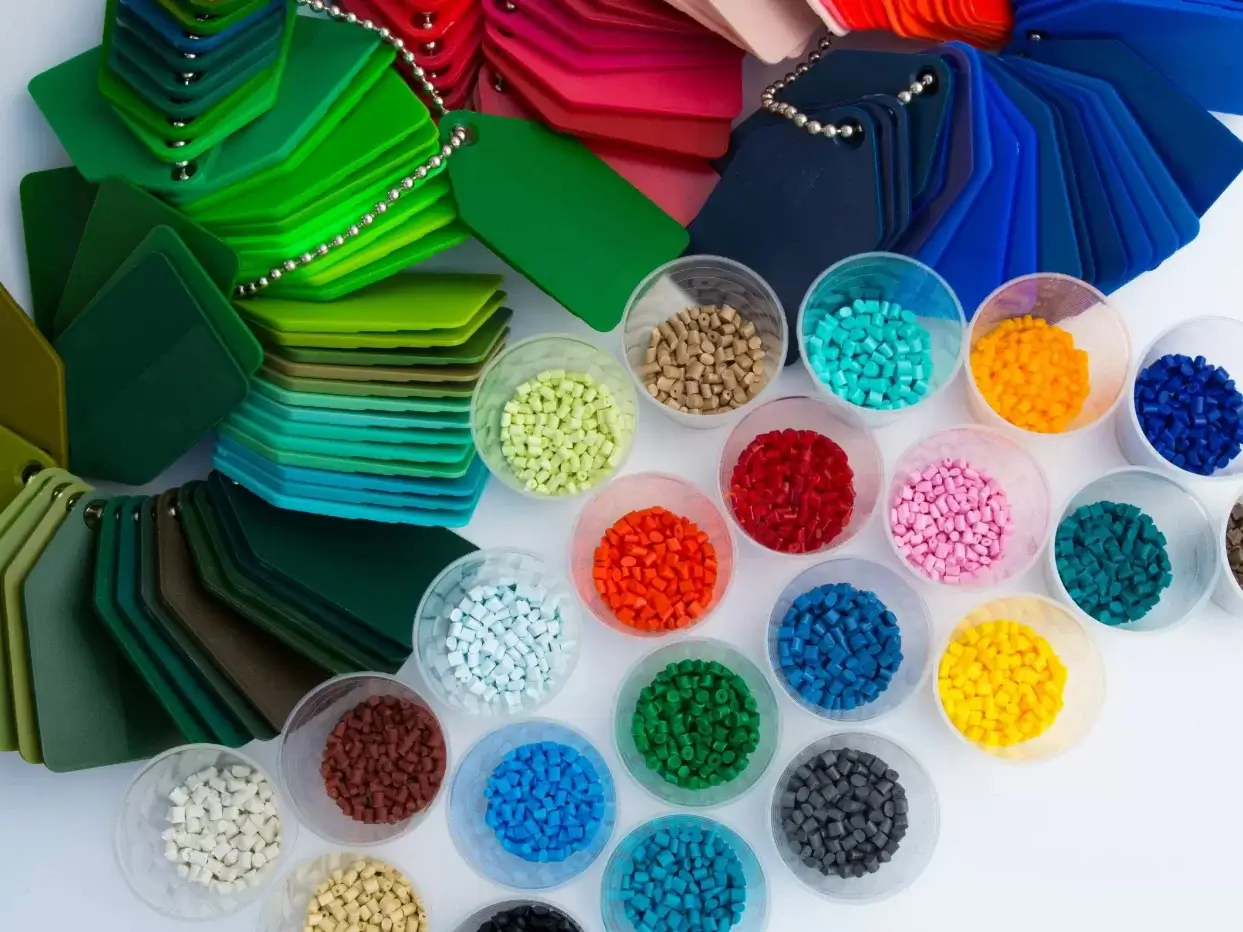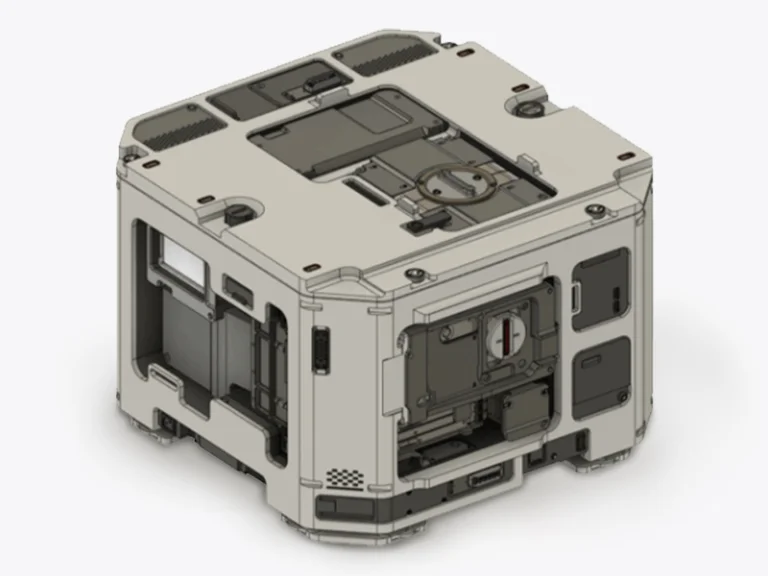In the world of high-precision manufacturing, shrinkage in plastic injection molding remains one of the most persistent and complex phenomena. It refers to the dimensional reduction that occurs as molten plastic cools and solidifies inside the mold cavity. If not properly accounted for, mold shrinkage can lead to dimensional inaccuracy, surface defects, mechanical weaknesses, and even catastrophic part failure.
This article explores the underlying causes of plastic injection shrinkage, how to predict and control it, and what engineers must consider when designing molds and selecting materials to mitigate shrinkage and warpage.

What Is Injection Molding Shrinkage?
Injection molding shrinkage is the natural reduction in volume that plastic undergoes as it cools and changes from a molten state to a solid form. While a certain degree of mould shrinkage plastic is expected in every part, uneven shrinkage can lead to visible or functional defects. In more severe cases, the stress induced by uneven cooling may also result in shrinkage and warpage, compromising the final part’s integrity and fit.
While some shrinkage is isotropic (uniform in all directions), factors such as fiber orientation or asymmetric cooling may cause anisotropic effects, where one direction shrinks more than another. This often results in a shrinkage defect in injection molding such as distortion, twist, or curvature.
What Causes Shrinkage in Injection Molding?
Shrinkage in injection moulding affects part dimensions and quality, driven by several interrelated factors These factors. Understanding those factors is essential for controlling shrinkage in plastic injection molding.
Material Composition and Molecular Structure
Different plastics shrink at different rates. For example, TPE material shrinkage is generally higher due to its elastomeric nature, whereas rigid thermoplastics like HDPE mold shrinkage are more predictable. The degree of crystallinity plays a major role—semi-crystalline materials like HDPE and POM tend to exhibit higher shrinkage because the polymer chains pack tightly during cooling.
Molecular Weight and Additives
Polymers with lower molecular weight often shrink more due to less entanglement and higher mobility. Reinforcements such as glass fiber reduce plastic injection shrinkage by restraining molecular movement, but they can also introduce anisotropy. Filler content (e.g., talc or calcium carbonate) similarly influences shrinkage, typically reducing it while increasing dimensional stability.
Wall Thickness and Part Geometry
Thicker sections of a part cool slower, resulting in more pronounced part shrinkage injection molding behavior. Inconsistent wall thickness can cause internal stress and differential shrinkage rates that often lead to shrinkage and warpage.
Processing Conditions
High injection pressure and long holding times help force more material into the cavity during packing, reducing shrinkage in plastic moulding. Conversely, low pressure or short pack times lead to incomplete packing, resulting in excessive voids and shrinkage.
Cooling Rate and Temperature Gradient
Rapid or uneven cooling increases the chances of distortion. A uniform, controlled cooling cycle is essential to minimizing differential mould shrinkage plastic across the part.
Typical Shrinkage Rates for Common Plastics
The following table highlights the average mold shrinkage ranges for frequently used polymers in plastic injection molding. These values are essential for both material selection and dimensional compensation during mold design.
| Material | Type | Typical Shrinkage (%) | Notes |
|---|---|---|---|
| HDPE | Semi-crystalline | 1.5 – 4.0 | High hdpe mold shrinkage; requires large compensation |
| ABS | Amorphous | 0.4 – 0.7 | Low shrinkage; stable for high-precision parts |
| TPE (Thermoplastic Elastomer) | Amorphous / Blend | 0.9 – 2.5 | High tpe material shrinkage, varies by formulation |
| PP (Polypropylene) | Semi-crystalline | 1.2 – 2.5 | Notable post-mold shrinkage and warpage risk |
| PC (Polycarbonate) | Amorphous | 0.5 – 0.7 | Minimal plastic injection shrinkage, good stability |
| PA66 (Nylon 66) | Semi-crystalline | 1.2 – 2.0 | Hygroscopic; needs moisture-controlled molding |
| POM (Acetal) | Semi-crystalline | 1.5 – 3.5 | Strong shrinkage in plastic parts, prone to warpage |
Why It’s Important to Predict Mold Shrinkage
Designing for injection molding shrinkage requires engineers to anticipate how much each material will contract, and in which direction. This is essential for:
- Maintaining dimensional accuracy in precision applications
- Ensuring part compatibility in assemblies
- Reducing rework and post-processing costs
By calculating plastic injection shrinkage in advance, manufacturers can offset these effects in the mold design phase, adjusting cavity dimensions based on known shrinkage in plastic injection molding rates.
Common methods include:
- Empirical estimation using datasheet values (e.g., 1.5% for PP, 0.5% for ABS)
- Material-specific shrinkage calculators
- Simulation software like Autodesk Moldflow, which predicts shrinkage and warpage based on part geometry, processing parameters, and material behavior
How to Control Shrinkage in Injection Molding
Material Selection
Opt for materials with low and predictable shrinkage rates. For critical tolerances, filled grades or materials with low crystallinity are ideal. For example, HDPE mold shrinkage is relatively high, so its use should be carefully evaluated in precision applications. In contrast, amorphous polymers such as PC or PS offer more dimensional stability.
Mold Design Optimization
Uniform wall thickness helps prevent uneven shrinkage. Core outs and ribs can reduce mass without compromising structural integrity. Gate location also plays a significant role—central gates provide more uniform flow and packing, minimizing shrinkage in plastic moulding anomalies.
Process Parameter Optimization
Control of pressure, temperature, and cycle time is crucial. Apply sufficient holding pressure and time to compensate for material shrinkage during cooling. Avoid excessive injection speed that may trap air or cause localized shrinkage.
Cooling System Engineering
Design molds with evenly distributed cooling channels to regulate thermal gradients. Proper mold temperature control directly influences the consistency of plastic injection shrinkage across the entire part.
Post-Molding Techniques
In some cases, soaking molded parts in controlled-temperature water baths helps stabilize dimensions. This is more commonly applied in TPE material shrinkage scenarios where post-crystallization might occur.

Effects of Shrinkage on Final Part Quality
Uncontrolled shrinkage in injection moulding can cause several undesirable effects:
- Dimensional inaccuracies that prevent proper part fitting
- Reduced mechanical strength due to internal stress or voids
- Long-term deformation as residual stress relieves over time
- Aesthetic defects such as sink marks, flow lines, or waviness
- Severe warpage, especially in large, flat parts with non-uniform wall thickness
These issues not only affect functional performance but can also cause failures in quality inspection, leading to scrap and increased production cost.
Conclusion
Shrinkage in plastic injection molding is an unavoidable but manageable aspect of the process. By understanding its root causes—material properties, part geometry, processing parameters, and mold design—manufacturers can significantly reduce defects and improve product reliability.
At Jiangzhi,We through the integration of simulation tools, material science, and precision tooling, the challenges of shrinkage in plastic parts can be transformed into opportunities for greater consistency and quality in manufacturing.



